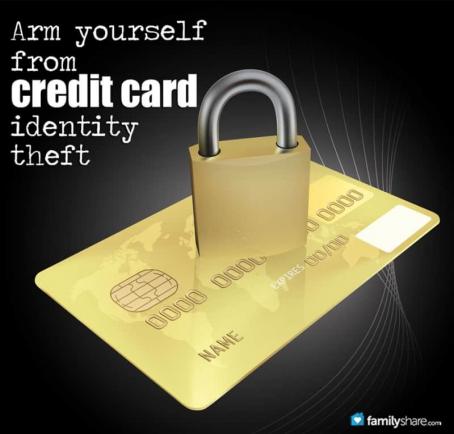
According to the Federal Trade Commission, more than 9 million people in the United States had their identities stolen last year. Identity theft happens most often with credit cards. According to the latest numbers from the "Cleveland Plain Dealer," debit card account fraud is now also on the rise.
Parents need to arm their children with tools and knowledge to protect their debit and credit cards. Your first stop on the Information Superhighway should be the government's helpful site where you'll learn how to help your children to deter, detect and defend themselves against identity theft.
The Department of Justice has also created a website with tons of parent resources that explain if your credit card is compromised the harm to you is relatively small. You contact the issuer to report false charges and you may have to do some paperwork. But more often than not, no money leaves your hands. With debit card fraud, however, there is money that leaves your hands. And you have to fight to get your own money back.
Under the law, banks have 10 business days to give your money back in the event of debit card fraud. Visa and MasterCard, however, have set their own standard of five business days if a compromised debit card has either logo on it as most do.
One helpful strategy to avoid a financial nightmare after theft is to open a second, smaller bank account to tie your debit card to. Fund the second account only with money that's used for debit card activity so that your principal account won't be at risk in the event of a breach.
Every debit card has two limits, or sides of data, that your bank or credit union sets internally. One is the ATM side. The other is called the "point of sale" (POS) side. This POS side is the one that allows all transactions that are not at an ATM - even ones that still require a PIN.
Teach your children that their ATM side should always be active and enabled to track their current available balance, but their POS side can and should be set to zero and turned off entirely. It's just a matter of disabling the portion of the magnetic strip that accesses the debit function, leaving your card with only traditional ATM capabilities.
If you do this, you'll still have a Visa or MasterCard logo on the front of your card, but the POS function won't be able to read your balance. If anyone tried to use it as a debit card, it would see zero funds and the purchase would be denied.
Here are some helpful steps to take after your child's wallet or identity has been stolen:
1. Place a fraud alert on all of your credit reports. Get a copy of your credit report after the theft to make sure nothing fraudulent pops up.
Fraud alerts can help prevent an identity thief from opening any more accounts in your name. Contact the toll-free fraud number of any of the three consumer reporting companies below to place a fraud alert on your credit report. You only need to contact one of the three companies to place an alert. The company you call is required to contact the other two, which will place an alert on their versions of your report, too.
TransUnion
1-800-680-7289; Fraud Victim Assistance Division, P.O. Box 6790, Fullerton, CA 92834-6790
Equifax
1-800-525-6285; P.O. Box 740241, Atlanta, GA 30374-0241
Experian
1-888-EXPERIAN (397-3742); P.O. Box 9554, Allen, TX 75013
2. Close the accounts that you know, or believe, have been tampered with or opened fraudulently.
Call and speak with someone in the security or fraud department of each company. Follow up in writing, and include copies (NOT originals) of supporting documents. Keep a file of your correspondence and enclosures.
3. Ask credit and debit card companies for the forms to dispute any transactions that are not yours.
4. Once you have resolved your identity theft dispute with the company, ask for a letter stating that the company has closed the disputed accounts and has discharged the fraudulent debts.
This letter is your best proof if errors relating to this account reappear on your credit report or you are contacted again about the fraudulent debt.
5. File a report with your local police or the police in the community where the identity theft took place.
Call your local police department and tell them that you want to file a report about your identity theft. Ask the officer to attach or incorporate the ID Theft Complaint into their police report. The police department will probably never find your wallet, but at least that way you can prove to credit providers that you were diligent.
It's important to teach children how to work hard for their money, as well as work hard at protecting it.

